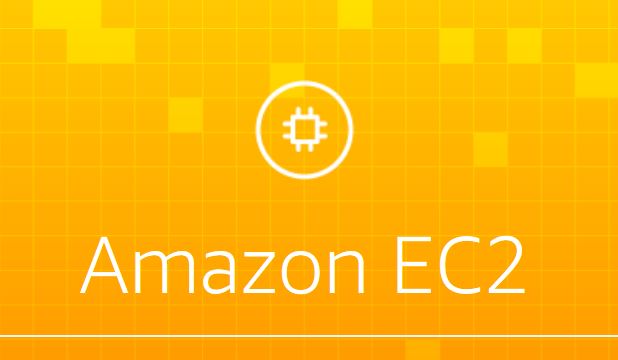Burstable instances are very popular on Amazon AWS. AWS EC2 T2 and T3 instances allow for instances to be provisioned and access performance when needed. Many applications, such as blogs, have very low CPU utilization requirements. They may see extra load when publishing a post, processing uploaded images, or during a short burst of traffic, but The new AWS EC2 T3a instances bring burstable instances to the AMD EPYC-backed platform.
AWS EC2 T3a Instances Available with AMD EPYC
Here is a list of the AWS EC2 T3a instances based on AMD EPYC. These are equivalent to the Intel-based instances, yet at a 10% discount.
| Instance Name | vCPUs | RAM (GiB) | EBS-Optimized Bandwidth | Network Bandwidth |
| t3a.nano |
2 | 0.5 | Up to 1.5 Gbps | Up to 5 Gbps |
| t3a.micro |
2 | 1.0 | Up to 1.5 Gbps | Up to 5 Gbps |
| t3a.small |
2 | 2.0 | Up to 1.5 Gbps | Up to 5 Gbps |
| t3a.medium |
2 | 4.0 | Up to 1.5 Gbps | Up to 5 Gbps |
| t3a.large |
2 | 8.0 | Up to 2.1 Gbps | Up to 5 Gbps |
| t3a.xlarge |
4 | 16 | Up to 2.1 Gbps | Up to 5 Gbps |
| t3a.2xlarge |
8 | 32 | Up to 2.1 Gbps | Up to 5 Gbps |
AWS EC2 T3a instances accumulate credits when they are running and idle. They then consume credits when running and using CPU. AWS charges extra if you go over your usage limits. That means users can utilize T3a instances with enough memory and maximum vCPUs. Users can then rely upon bursting to cover CPU needs.
Here is the Intel-based AWS T3 list with the baseline performance/ vCPU ratios for the various instances as a reference:
| Instance Name | vCPUs | RAM (GiB) | Baseline Performance / vCPU |
| t3.nano |
2 | 0.5 | 5% |
| t3.micro |
2 | 1.0 | 10% |
| t3.small |
2 | 2.0 | 20% |
| t3.medium |
2 | 4.0 | 20% |
| t3.large |
2 | 8.0 | 30% |
| t3.xlarge |
4 | 16 | 40% |
| t3.2xlarge |
8 | 32 | 40% |
Final Words
Overall, this is a step in the right direction. AMD needs more cloud wins to continue driving volume. We are seeing much more competition in the market with Intel Xeon Following AMD EPYC’s Lead by Offering Discounted 1P Only SKUs. Competition is leading to lower prices. The 10% discount is noticeable and is easy to obtain. Your images will run on T3a instances making them an easy transition. At the same time, we wonder if 10% is enough to get the market to switch. Buying your own AMD EPYC 7000 series servers today are more than 10% less expensive, including operating costs, than their Intel counterparts.





More practical examples of usage would help ingest these stats.